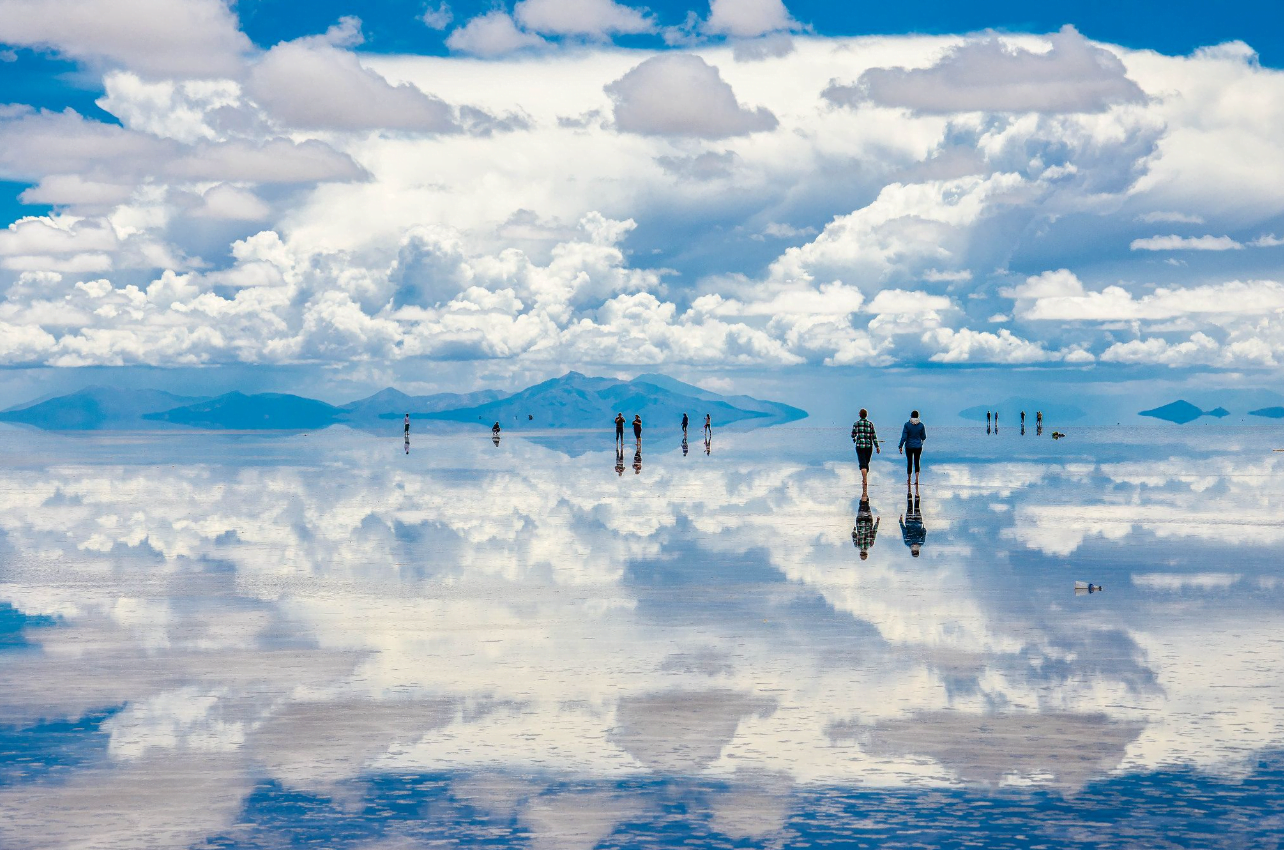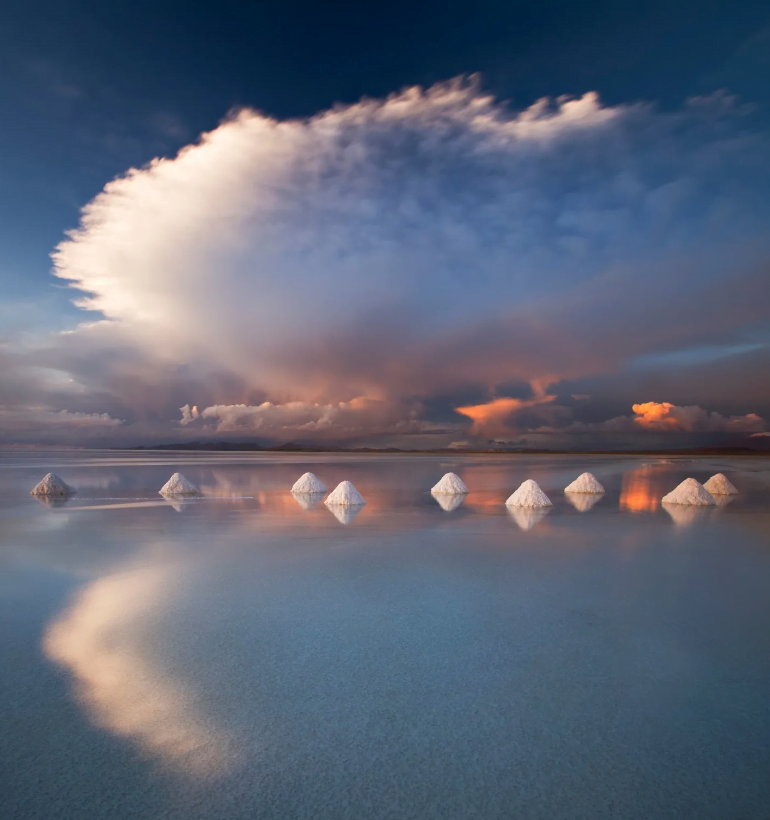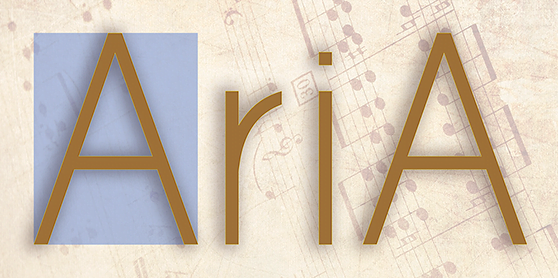The Salar de Uyuni in Bolivia is considered one of the most extreme and surprising sights in all of South America, if not on the whole earth. Covering an area of 10,582 square kilometres on the Altiplano, it is the world's largest salt desert, the product of prehistoric lakes that evaporated long ago. Here the salt crust stretches to the horizon, covered in polygonal, patterned salt sheets that rise from the ground.
At certain times of the year, the nearby lakes overflow and a thin layer of water turns this plain into a huge mirror in which the sky reflects. This precious, almost mystical area is a lucrative deposit of salt and lithium, which is used in batteries for laptops, smartphones and electric cars. In addition to the local workers who collect these minerals, the area is also home to the world's first salt hotel, which is visited by tourists travelling along these roads.
Visiting this pristine beauty, the Uyuni Salt Plateau, can be both an incredible adventure and a logistical nightmare. Here are some tips to help you prepare for your trip:
Salar de Uyuni - Preparing to travel
The logistics and duration of your trip to Salar de Uyuni, located between Bolivia, Chile and Argentina, will depend on where you are coming from. Tours depart mainly from three locations:
Uyuni, Bolivia: This small, dusty town is the most popular starting point for tours to the salt desert, as evidenced by Plaza Arce, the main square along which the travel agencies line up. Travellers can book tours in advance online, through the offices of tour operators in La Paz, or simply browse the options when they arrive in Uyuni. Since Uyuni is so close to the salt desert, tourists can easily book day trips. Flights from La Paz to Uyuni can be booked through Amaszonas and BoA (they cost around €120). There are also buses from La Paz via Trans Omar and Todo Turismo (they go for 10-12 hours and each trip costs between 27 and 36 euros).
San Pedro de Atacama, Chile: Agencies take travellers to the border and then hand over the rest of the trip to the Bolivian tour operator. Due to the long distance, the trip will take three days.
Tupiza, Bolivia: This is the best starting point for travellers coming from Argentina. Tour operators recommend four-day trips from Tupiza, visiting the Uyuni salt plain on the last day.
There are two distinct seasons in Salar de Uyuni. The rainy season (December to April) is when tourists come to see the stunning mirror effect of the salt plain. Beware of excessive rain in December and January, as excursions may be cancelled. During the dry season (May to November), temperatures get lower, the ground hardens and travellers can drive through the stark white landscape, passing through places inaccessible during the rainy season. According to tour operators, the peak season is from June to August, so prices are higher.



The biggest mirror in the world
Although the salt desert is one of Bolivia's most popular attractions, it is only part of the beautiful Altiplano region. Many tourists opt for a three-day (or longer) trip that includes deserts, volcanoes, geysers, hot springs and highland lakes in the south. Tours departing from San Pedro de Atacama and Tupiza are already scheduled for these destinations.
You can choose a shared tour (cheaper and standard) or a private tour (more expensive and tailor-made). Shared tours feature Spanish-speaking guides who are both drivers and cooks. These tours follow a rigid itinerary that does not cater to individual wishes and may prevent you from seeing certain times of day, such as sunrise or sunset. In comparison, private tours can be tailored to the customer's tastes, giving the traveller more control over the itinerary and the ability to not restrict themselves from visiting volcanoes and caves. Private tours also include an English-speaking guide, a chef and a more comfortable vehicle.
To choose a reputable guide, carefully read online reviews and guidebooks. Avoid companies offering bargain deals: they may not have an accredited guide or a serviceable vehicle, putting tourists at risk. Also remember to ask the agency if they have an emergency radio and first aid kit.
One of the highlights of Salar de Uyuni is the infinite horizon, which allows photographers to play with perspective and depth of field. You can create battle scenes between toy dinosaurs, pretend to cook your friends in pots and pans, or pretend to climb out of a - seemingly - huge jam jar. The key to taking the best photos is to set your camera as low and close to the subject you're using as possible. This provides a perspective in which the subject is larger than the people who are further away. But don't let your subjects get too far away: the greater the distance between your subject and your subject, the harder it is to keep your focus. If your camera allows it, make the aperture as narrow as possible.


 and then
and then 
